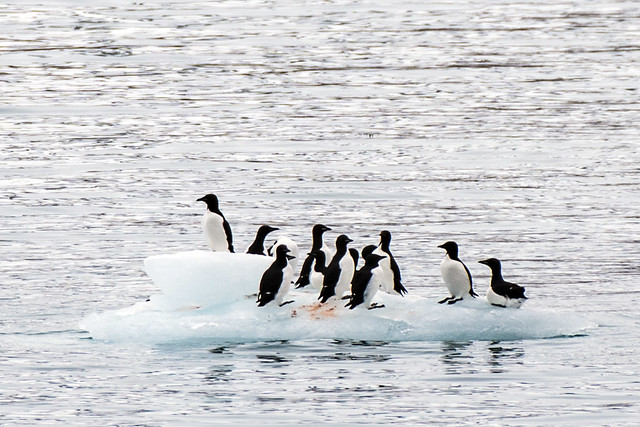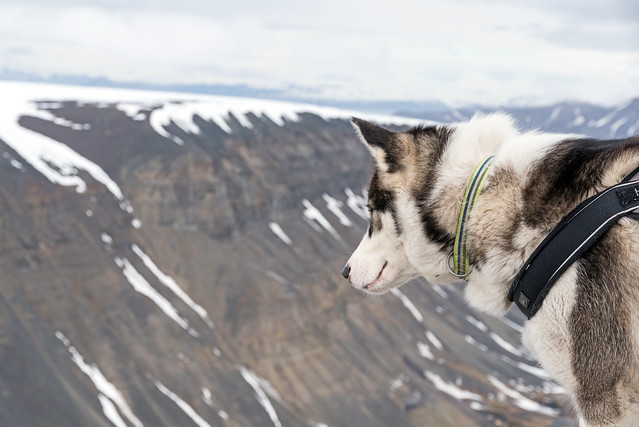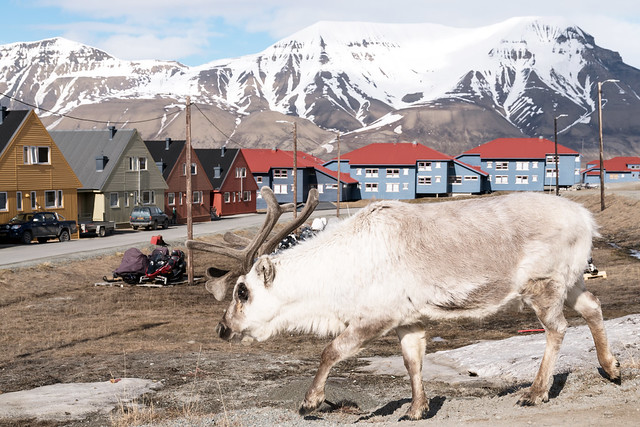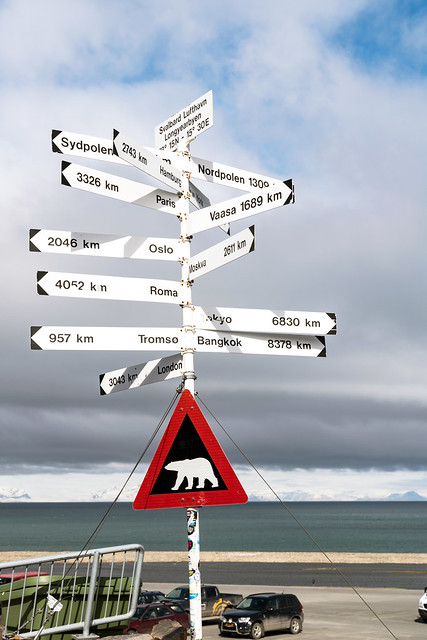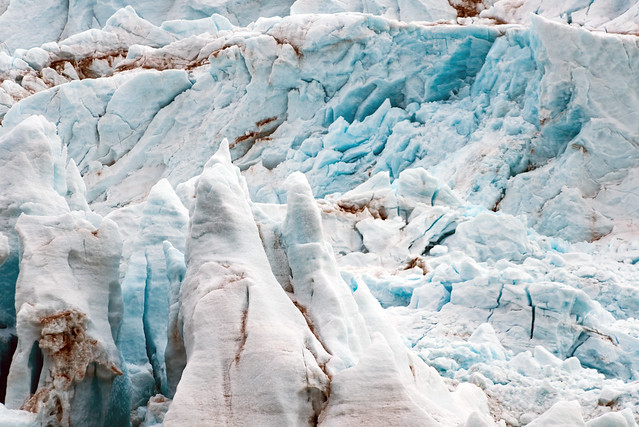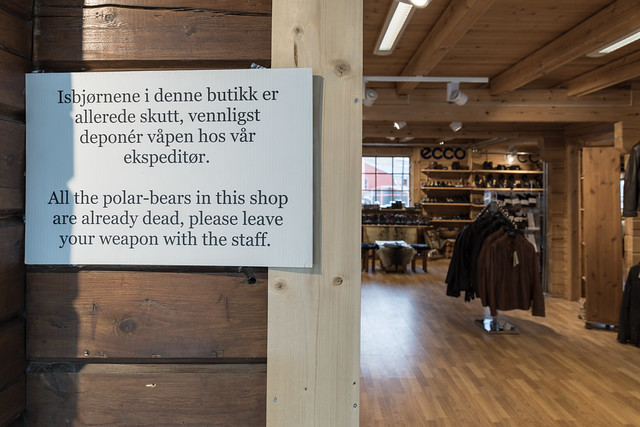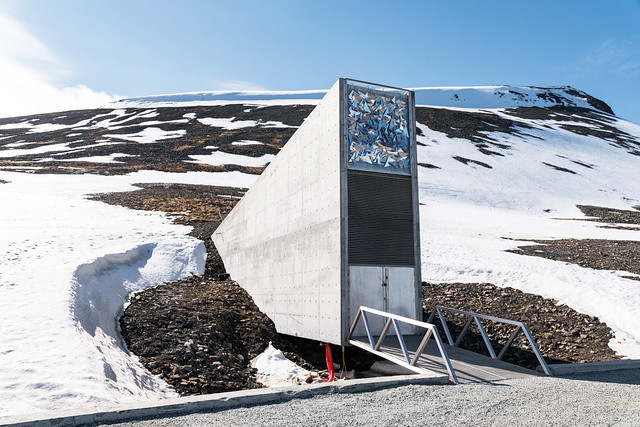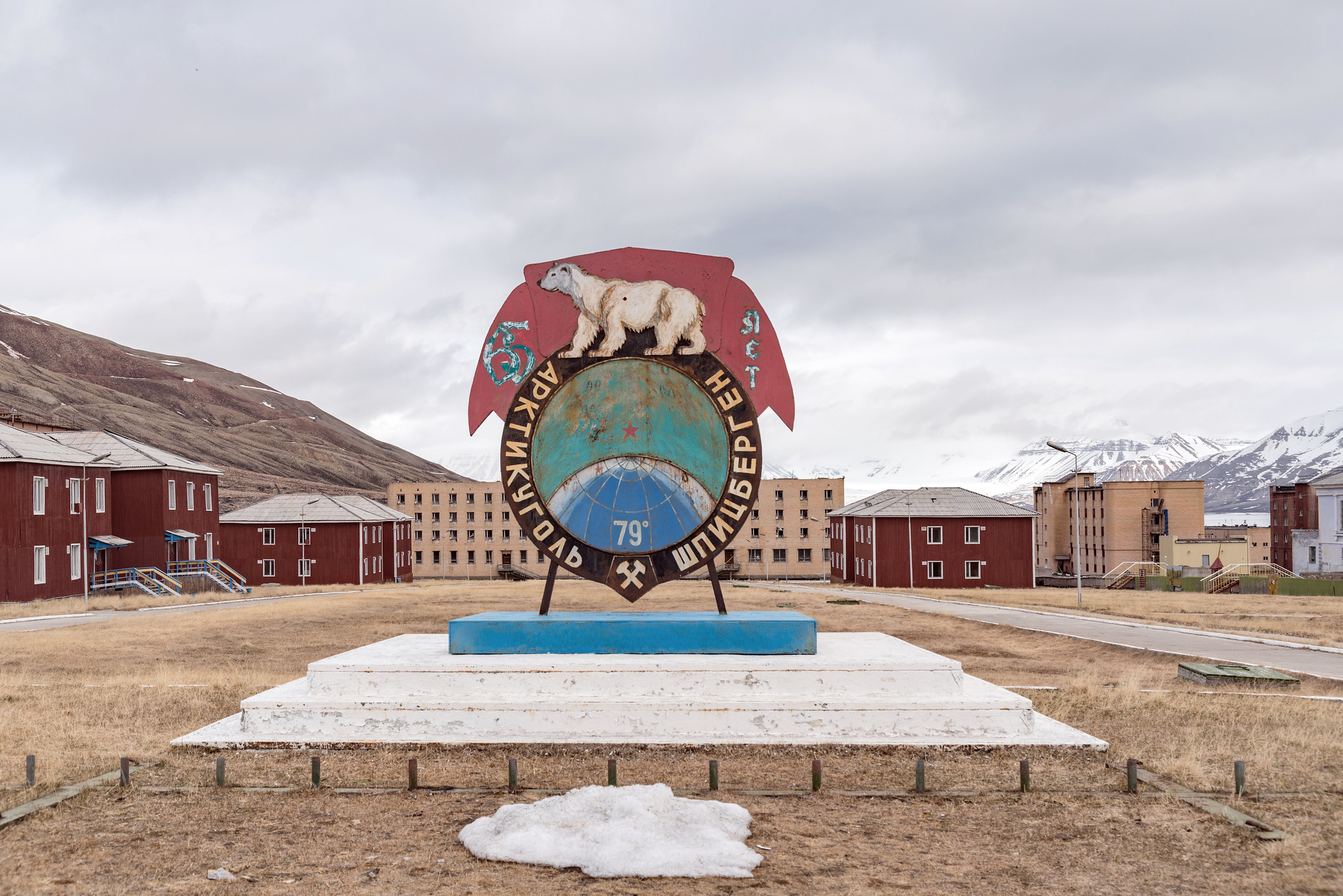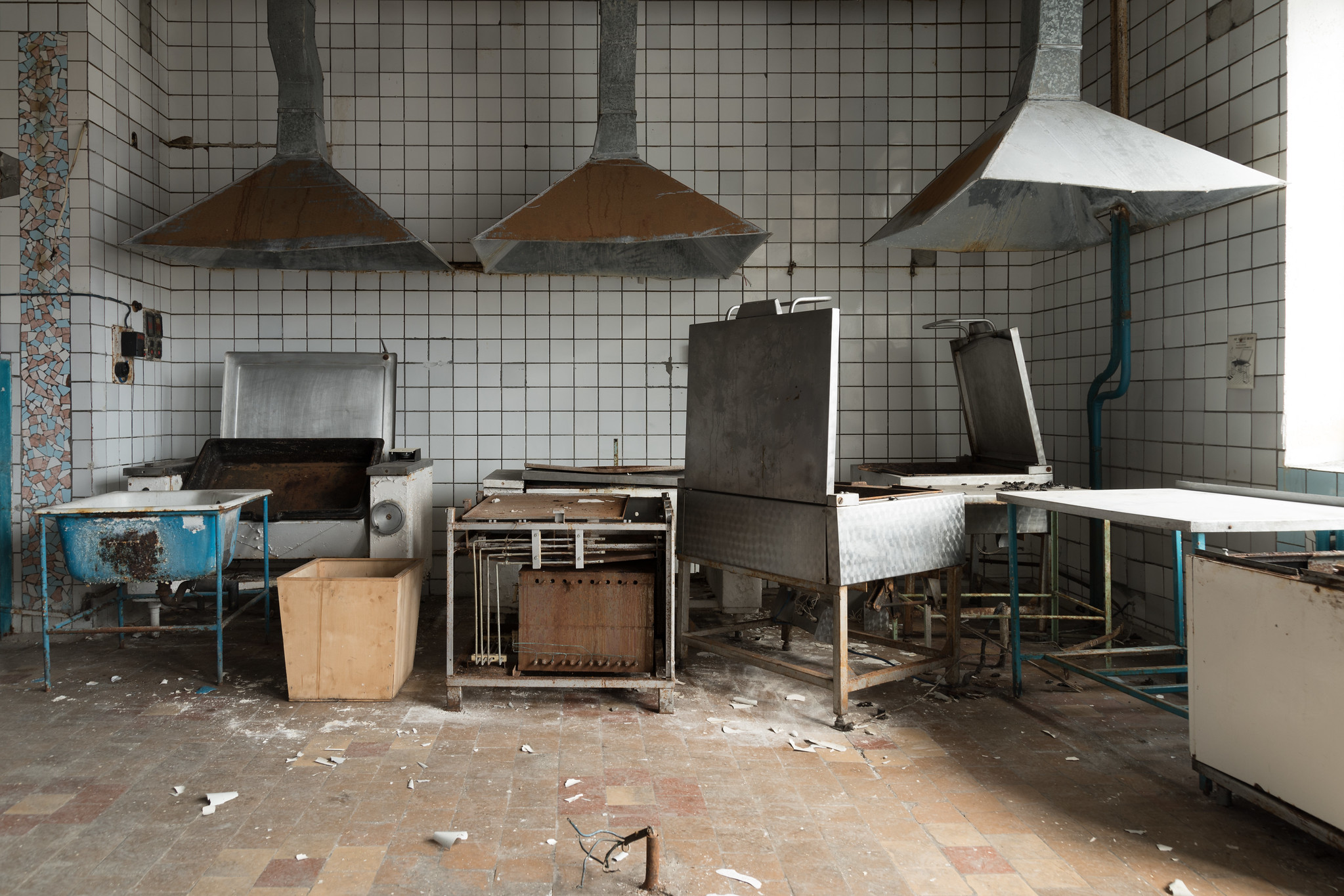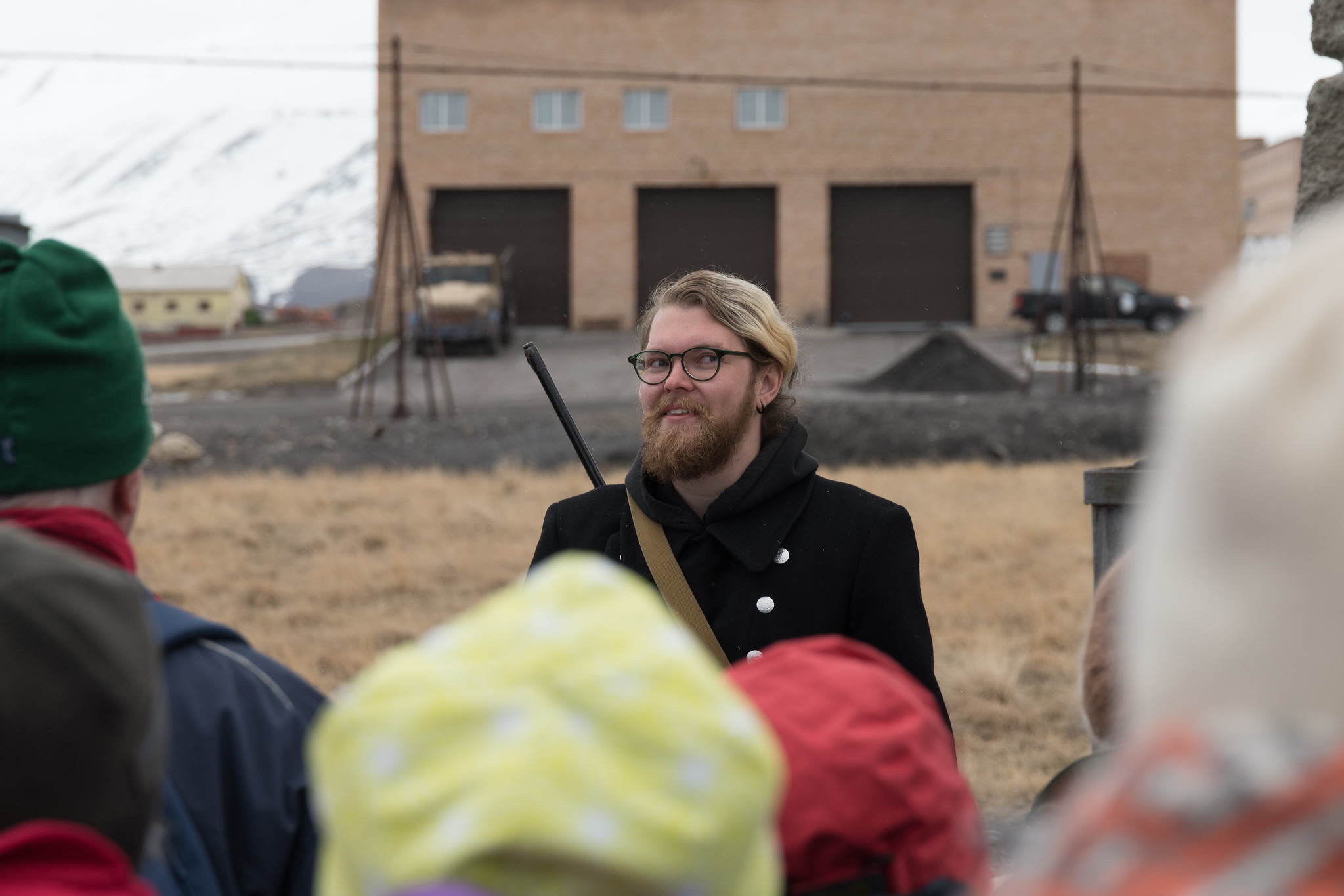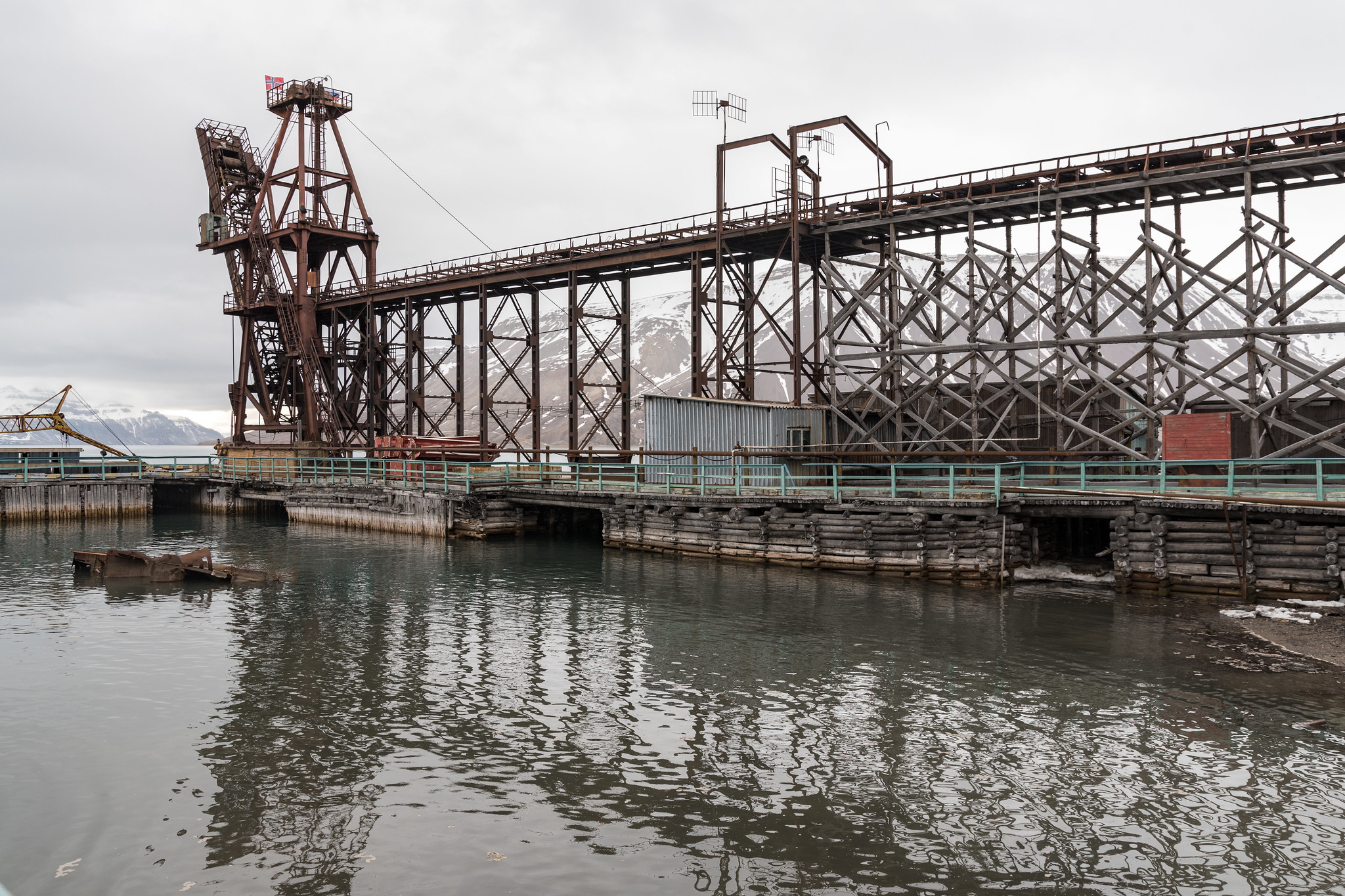At the beginning of January 2017 I found myself once again on a plane this time to beautiful India. I had visited the southern town of
Bangalore in 2009 for a friends wedding. For completely different reasons, I was once again visiting the same town, this time for work. I was with two colleagues and good friends, which always helps to make any trip a nice experience. Bangalore is the software development capital of India and many foreign and local companies have software delivery centers spread all over the city. Although it is an interesting place, what I will always remember from Bangalore are it's endless traffic jams. As locals always told us, distance is not measured in km's but in the time it requires to travel. And up to 1hr delay is not a delay, it is normal.
During the 2 weeks we were there, we had the chance to travel to the famous Taj-Mahal and New Delhi. As a bonus, we happened to be in India on the Republic day which is a public holiday and gave us a chance to take a short trip in the
Karnataka province (of which the capital is Bangalore).
Agra
In order to get to Taj Mahal from Bangalore, we had to fly to New Delhi on a Friday evening and catch a train on Saturday early morning. There are several ways to get from New Delhi to the town of
Agra (where Taj Mahal is located) but the train is probably the nicest. There are a number of trains leaving New Delhi train station to Agra Cantonment station, which vary both in quality and speed. The best option for us was the 6:00am to Bhopal Shatabdi. Tickets are easy to buy online on the
IRCTC website, provided you know someone with an Indian mobile phone as it is required for registration (no clue why!). The 1st AC class is comfortable and nice breakfast is served (along with newspaper, a bottle of water and snacks). The journey is 2hr long. Upon arriving at the station, foreign tourists are encountered with persisting taxi and rickshaw drivers (who wont take NO for an answer). As always in India, we took a tuck-tuck, negotiating the price in advance. Upon entering the vehicle and until arriving at the Taj Mahal, the driver never stopped trying to convince us to hire him for the whole day. We always said no but this was not an option for him.
Getting off the tuck-tuck we quickly forgot the annoying driver and started walking towards the Taj
 |
| Tuck tuck's |
Mahal we so much wanted to see. There is a big area around the monument where no diesel powered vehicles are allowed in order to preserve the monument. The options are either to walk or hire one of the available electric rickshaws. Walking is a nice experience as we got to see local people plus the nature including plenty of monkeys and squirrels!
The ticket system to enter the Taj Mahal is slightly different for foreigners and locals. As European (some Asian countries have an even different system) we were required to pay 10 times more than locals and the price includes a bottle of cold water, shoe cover for the main monument and a fast line for foreigners. It is a good deal and well worth it. We wanted to get audio guide but unfortunately there were not available. We regretted not having downloaded the Audiocompass application which is similar to the audio guide. The price is around 1euro for the day.
Taj Mahal
 |
| Entrance to the Taj Mahal |
Upon entering the gardens of this majestic complex, there is a feeling of magic. Just a bit of history: The
Taj Mahal, meaning Crown of the Palace, was commissioned in 1632 by the Mughal emperor,
Shah Jahan, to house the tomb of his favorite wife,
Mumtaz Mahal who died while giving birth to their 14th child. The tomb is the centerpiece of a 17-hectare complex, which includes a mosque and a guest house, and is set in formal gardens bounded on three sides by a crenellated wall. It is built next to the river Yamuna river. Apart from it's splendid Muslim architecture and magnificent decorations, it is a much celebrated monument for love.
From every angle and from every corner of the gardens, the monuments with its 4 minarets and its
distinct shape, stands out. We spend a good 2hours, visiting not only the main tomb but the nearby mosque and the small but nice museum. What stands out most from the Taj Mahal is the amazing work on the exterior and interior decorations. The whole monument is made from white marble and it is fully decorated with delicate patterns. Those are not simple paintings, but actually the marble is carved and the various stones are shaped and fitted inside the marble. It is amazing to realize the scale and effort put to complete such a piece of art!
 |
| The Taj Mahal |
January in general is not a good month to visit the Taj Mahal as it is a known season for low visibility. It was not foggy but certainly visibility was not optimal for us. And Fridays it is always closed since it is prayer day for Muslims.
Agra Fort
A couple of km's away from Taj Mahal, is another beautiful monument also in the UNESCO World heritage list. Although there is an abundance of electric powered rickshaws, horse drawn carriages and bicycle rickshaws, we decided to walk. Remember to keep and show your Taj Mahal ticket if you don't want to pay twice an environmental tax that is applicable to both monuments but paid only once.
The
Agra Fort was the residence of the Mughal emperors up to 1638 when this was moved to Delhi.
 |
| The walls of Agra fort |
It is a massive fortress of various architectural styles. It is a walled fortress and it still stands in excellent shape with much of the original details preserved.
We spent another 2hours exploring the fort, astonished by the level of details, size and the carvings. The visibility had significantly improved and now we could see the Taj Mahal across the Yamuna river.
Agra
 |
| Agra |
After our visit to the Agra Fort we decided to explore the city of Agra a bit more. We headed towards the
Jama Masjid mosque, located near the Agra Fort. Apparently there are many mosques with the same name, not only in India but in the whole Muslim world. The city is not as glamorous as the monuments it is famous for. Around the mosque is a nice bazaar, full of shops that sell everything from textiles and shoes to mobile phones. Still it was amazingly noisily with all the cars, goats and cows squeezing between people visiting the market. The good thing was that since few tourists visit those places, we did not get the usual touts trying to sell us things or get us into their shops for souvenirs.
 |
| Family picture in Agra f |
We ended our day around
Sadar Bazar, another touristic place where we were chased by souvenir shop owners. Among all the stores we found a beautiful, quiet bookstore which was like heaven! One of the few places in India where we walked in and no-one cared about us. We could browse the books in peace and even buy a few nice souvenirs. The place was called Modern Book Depot and make sure you pay visit, if ever around.
After a long day we headed for the station to catch the 21:15 train to New Delhi which was delayed for almost 1:30 hours. Still it was fun sitting on the platform watching trains and sharing stories. Good thing we had booked a hotel right next to the New Delhi train station (highly recommended if you plan to visit Agra by train!) so it was a short 5 min walk.
New Delhi
 |
| Jantar Mantar |
New Delhi is a big metropolis of 21.000.000 citizens, rich in culture and historical monuments. We had only one day to explore the town so we should make the most of it. Our visit coincided with the preparations for the
Indian Republic day. This meant that the part of the town between the India gate and the
Rashtrapati Bhavan (the President's residence), the so called "ceremonial axis" of New Delhi, was closed. Still, we could easily walk around the rest of the city, which we gladly did. We started around the famous Connaught Place, a circular market neighborhood designed by the British. To be honest it was impossible to enjoy it as we were constantly approached by shop owners who wanted to take us to their shop for souvenirs (and again would not take no for an answer). At some point there was one guy trying to convince us to walk to his store when another one came started walking with us, wanting the same thing! We realized that we would not be able to stay there long so we moved quickly towards the
Jantar Mantar, an old observatory. This is a site of 13 massive astronomical instruments constructed around the year 1724. They were built by Maharaja
Jai Singh II
of Jaipur and were used both for astronomical and astrological purposes.
 |
| India gate |
Our walk would then take us to the area where all the government buildings are located, the
Rashtrapati Bhavan (the Presidents residence), the
Secretariat building and the
Parliament of India. As mentioned before, the entire area was mostly not accessible but still we could go around and explore the back alleys (we did not see the President's residence but we found the vice-presidents one :-)). A few hours later we ended up at the
India gate, a war memorial for the Indian soldier who perished in the wars between 1914 and 1921 in far away lands (fighting for the British).
Next, we planned to visit the
Red fort in the old part of the town but to our bad luck it was closed due
 |
| Busy streets of Delhi |
to the upcoming celebrations. It used to be the residence for the emperors of the Mughal dynasty up to 1857 (this is the place they moved to from the Agra Fort mentioned above). It must be beautiful so if you make it there, post some pictures in the comments!
We ended up walking on the alleys of the
Sadar Bazaar (same name as the one in Agra!) which was far noisier, messier and colorful. On the streets we walked we saw everything on sale, from electronics to jewelry, from second hand mathematics books to bridal dresses and from outdoors barber shops to made-up eateries. A truly authentic oriental atmosphere!
 |
| Jama Masjid, Delhi |
Before catching the metro to the airport, we visited one last mosque, the
Jama Masjid of Delhi, one of the biggest mosque in India and similarly named to the one we visited the previous day in Agra. It was completed in 1656 after 10 years of construction. The Mughal emperor who built it was Shah Jahan, the same as the one who build the Taj Mahal. It was quite impressive and at the time of our visit quite packed. There was a person at the entrance taking a 4euro fee from foreigners for taking pictures. Even if you don't have a camera or don't want to take pictures, you had to pay this fee if you are a foreigner. For locals, taking pictures is free :-)
Karnataka
 |
| Gommatwshwara statue |
Back to our base, with the Republic day approaching, we wanted to get out of the city. From my last visit I remembered a public bus company,
KSTDC that organized nice tours to historical places. We checked with our Indian colleagues and decided to book online a 1 day trip to some famous Hindu and Jainism temples. On the Republic day of 2017, we took the early bus to the town of
Shravanbelagola to see the
Gommateshwara statue, then to
Belur to visit the
Chennakesava temple and finally to
Halebidu to see the
Hoyseleswara temple. It was a lot to see in one day but the temples were magnificent. Good thing with these trips is that they are well planned, with frequent stops in nice restaurants for breakfast, lunch and dinner.
 |
| Priest at the temple of Chennakesava |
The first stop was at the Gommareswhara statue, a massive 17m high statue of the
Jain God Bahubali. It is located near the town of Shravanbelagola. The bus drops us at the entrance, we take shoes off and start climbing the 600 steps to reach the temple. Indians, young and old seems to do in relative ease. The view from there is truly stunning. Endless forests of coconut trees with a few houses in between. The temple built around the statue was beautiful as was statue itself considering it is more than 1000 years old!
Next stop was for lunch, and we all decided to try butter chicken, truly Indian style. Of course it has little to do with how it is prepared in Europe. I was surprised that it is spicy!
 |
| Detail in Chennakesava temple |
After the filling lunch, the bus stopped at the magnificent Chennakesava temple. It was build in the center of Belur, the capital of the
Hoysala empire. As the name implies, the temple is dedicated to Chennakesava, a form of the Hindu god
Vishnu. According to our guide, the temple took slightly more than 100 years to build! When looking at all the details carved into the stone, it is not difficult to understand why. There are literally hundreds of extremely detailed figurines carved out of stone and part of the temple. For being around 1000 years old, those details are extremely well preserved.
The last stop of our journey was the Hoysaleswara temple in Halebidu. This was very similar to the
 |
| Bull in Hoysaleswara temple |
previous temple and apparently was build for the same empire when the capital was moved from Belur to Halebidu. It is dedicated to the Hindu god Vishnu and was completed around 1150AD. What stood out in this temple were the 2 huge bulls carved entirely out of stone. When leaving the temple I was approached by a young girl who wanted to sell me something. She kept asking for money but I explained I did not want to buy what she had to offer. When realizing I would not buy the item (don't even remember what it was!) she asked for a pen. "That is nice" I thought to myself, so I gave her the last pen I had. What I could not imagine is that many more children would come asking for pens! So if you plan to visit, carry some pens to give to those kids...
And with this, the exploring part of our visit to India ended. It was an amazing journey and really want to come back for more of India, perhaps in less touristic and crowded places. The people, the colors and the tastes are truly unique, making each visit an amazing experience. For more pictures from this trip visit my flickr account on this link:
https://goo.gl/pQCFJS




































